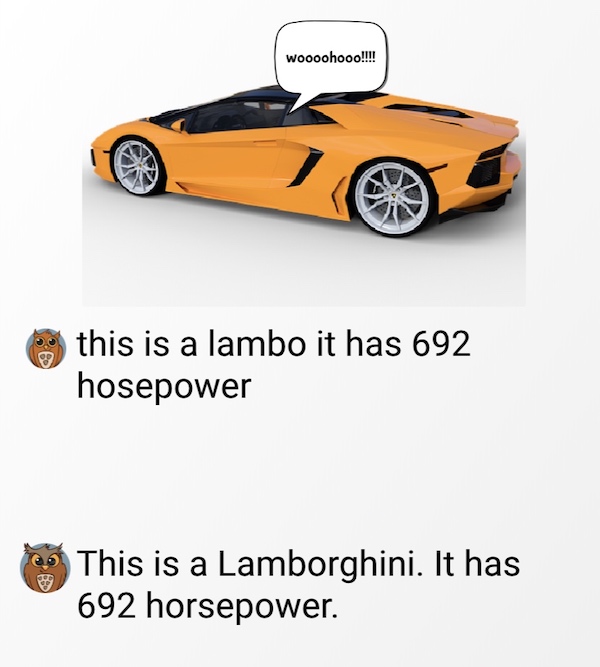There have been many discussions lately over explicit instruction vs. discovery learning (e.g., inquiry, student-directed, Reggio, Montessori), especially regarding literacy pedagogy. However, in a compelling video, Dr. Anita Archer responds thoughtfully to this. She states that we have created a dichotomy when, instead, we should really be thinking of it as a continuum. We must think about explicit instruction and discovery learning, not versus. Students move on that continuum depending on their own fund of knowledge, skills, and strategies that they’ve learned in the past and their current learning needs.
She supports her stance further with these points:
- Be thoughtful in the design and delivery of your instruction. Be sure to break it down into obtainable pieces (scaffolding).
- Provide guided practice (gradual release model). ‘I do it; we do it, you do it.’
- Give lots of practice opportunities with a purpose spaced over time.
- Monitor students’ responses/understanding and provide feedback in the moment.

What does it look like?
Here are some suggestions and links to past blog posts to illustrate how you can provide both explicit instruction and discovery learning for your students:
Explicit Instruction
- Mini-lessons – whole class, small group, 1:1
- grammar, spelling, story elements, vocabulary, linguistic development, genres, paragraph structure, building background knowledge, dual language instruction
- Sentence frames or word banks
- Reading and discussing mentor texts
- Setting a purpose or focus
- Conferencing
Discovery
- Inquiry
- Independent research
- Peer editing
- Creative expression
- Student choice: free writes
- App-smashing
- Making connections through discussion, collaboration, and reflection
- Lots of varied practice with reading and writing and exposure to a variety of texts
What does it look like when using WriteReader with your students?
Here are some suggestions and links to past blog posts to illustrate how you can provide both explicit instruction and discovery learning for your students:
Explicit Instruction
- Create an exemplar and rubric. Our lesson plans have many examples.
- Use the educator writing field (template 1) to provide feedback or conventional writing/spelling. Note: Books can be printed with or without the educator’s writing.
- Add a page to the end of student books to give feedback, reminders, or editing suggestions.
- Develop dialogue and vocabulary through the callouts feature.
- Record suggestions on some pages, which the student can later delete.
- Teach story mapping with a common framework.
- Teach story sequencing with our custom comics image bank.
Discovery
- Students use the educator writing field to write new’ I wonder’ statements or inquiry questions that arise for them.
- Students use the adult writing field to write reflections. E.g.,’ I’m noticing .’
- Peers can give feedback or editing suggestions using the educator writing space (template 1) or a full page (template 3) at the end of the book. Feedback can be deleted after editing and before printing or sharing.
- Students can compare their own progress by rereading the books on their bookshelf.
- Students can create math, design thinking, inquiry, or project-based learning journals.
- Students can record themselves reading their books and notice their reading progress over the school year.
- Students can write self-assessment paragraphs at the end of their book. How has my writing improved? Where do I need help yet?

Conclusion
Literacy pedagogy is both broad and deep. Teachers need to avail themselves of current research, use effective and engaging teaching strategies and frameworks, and, most importantly, provide what their students need. We can provide explicit instruction, discovery learning models, and everything in between.
